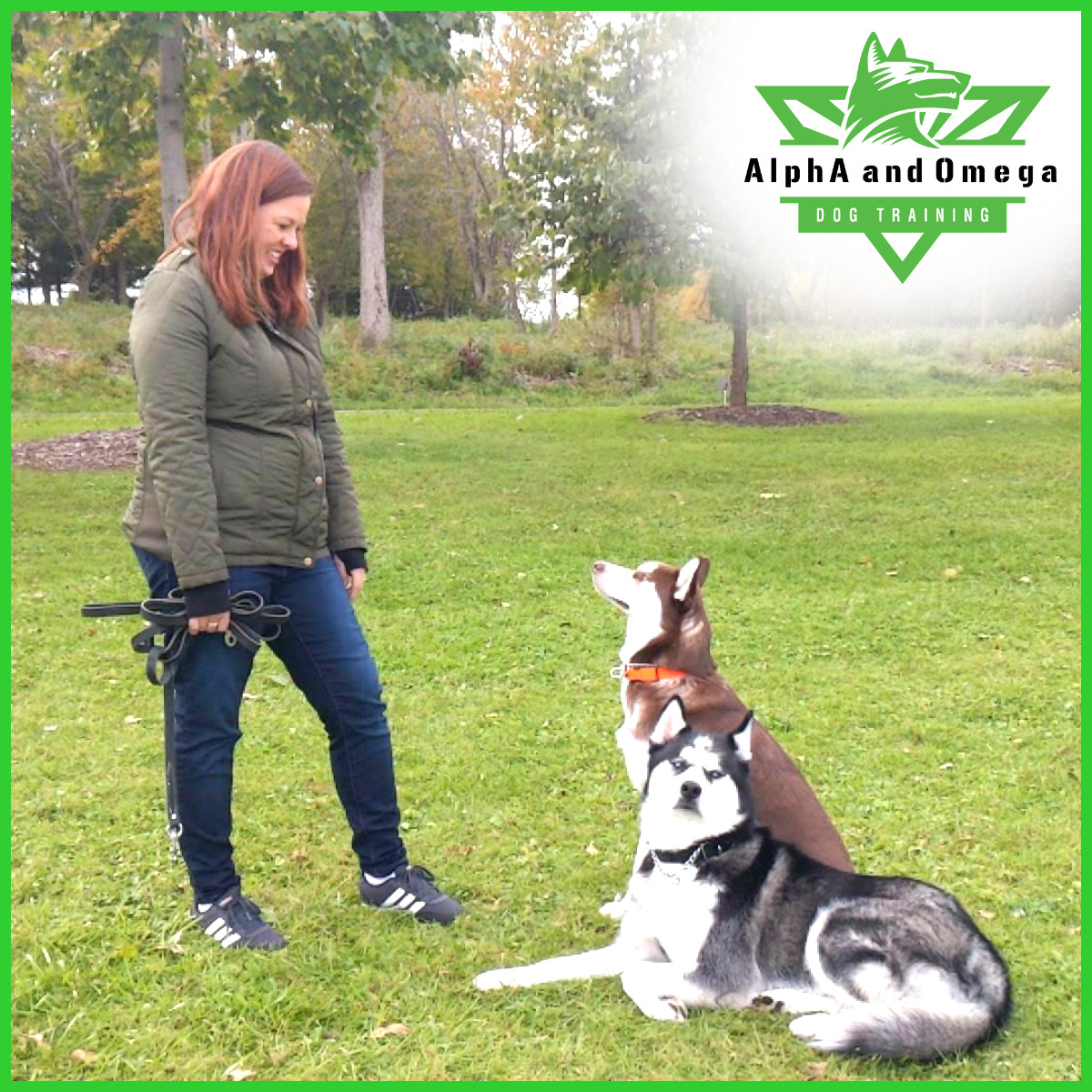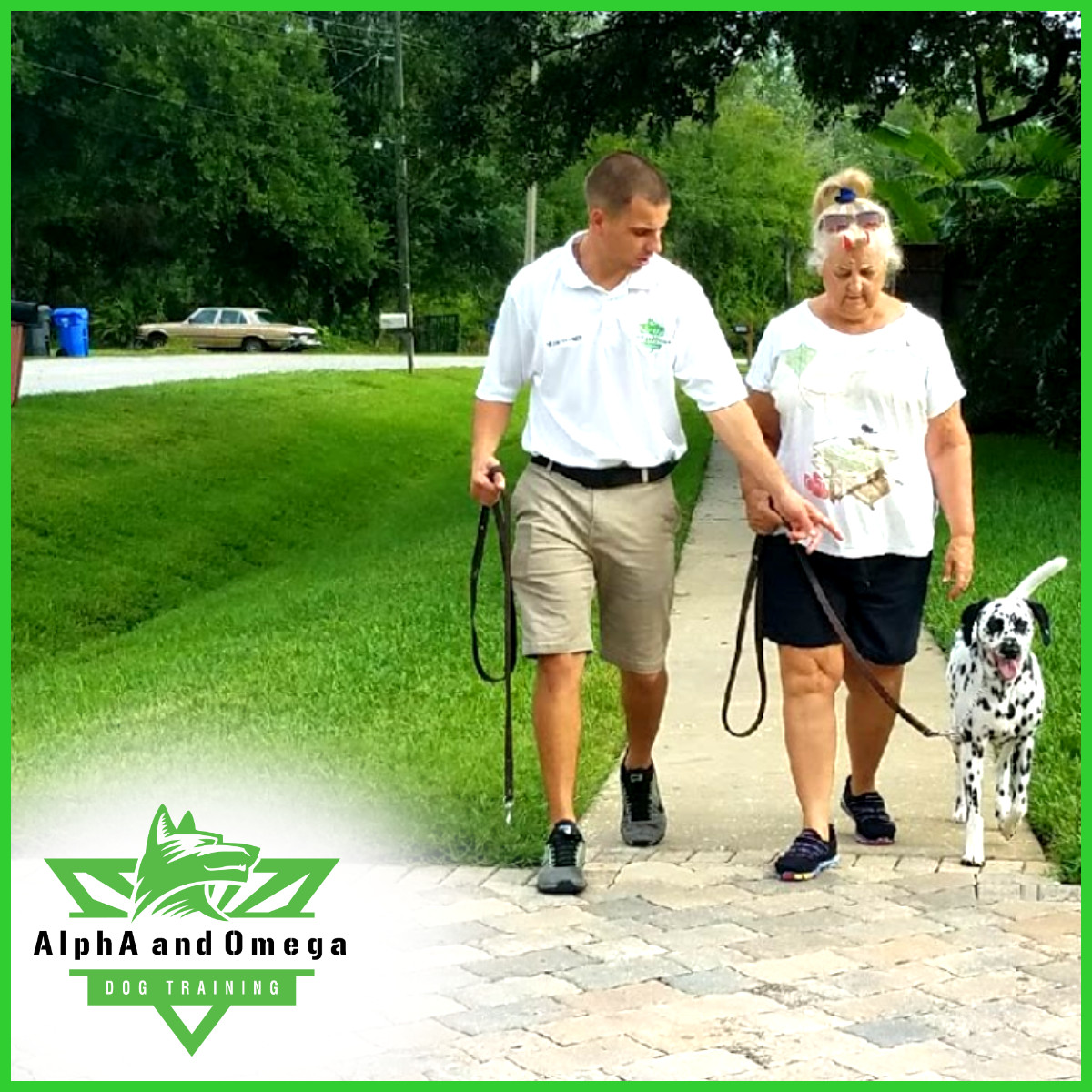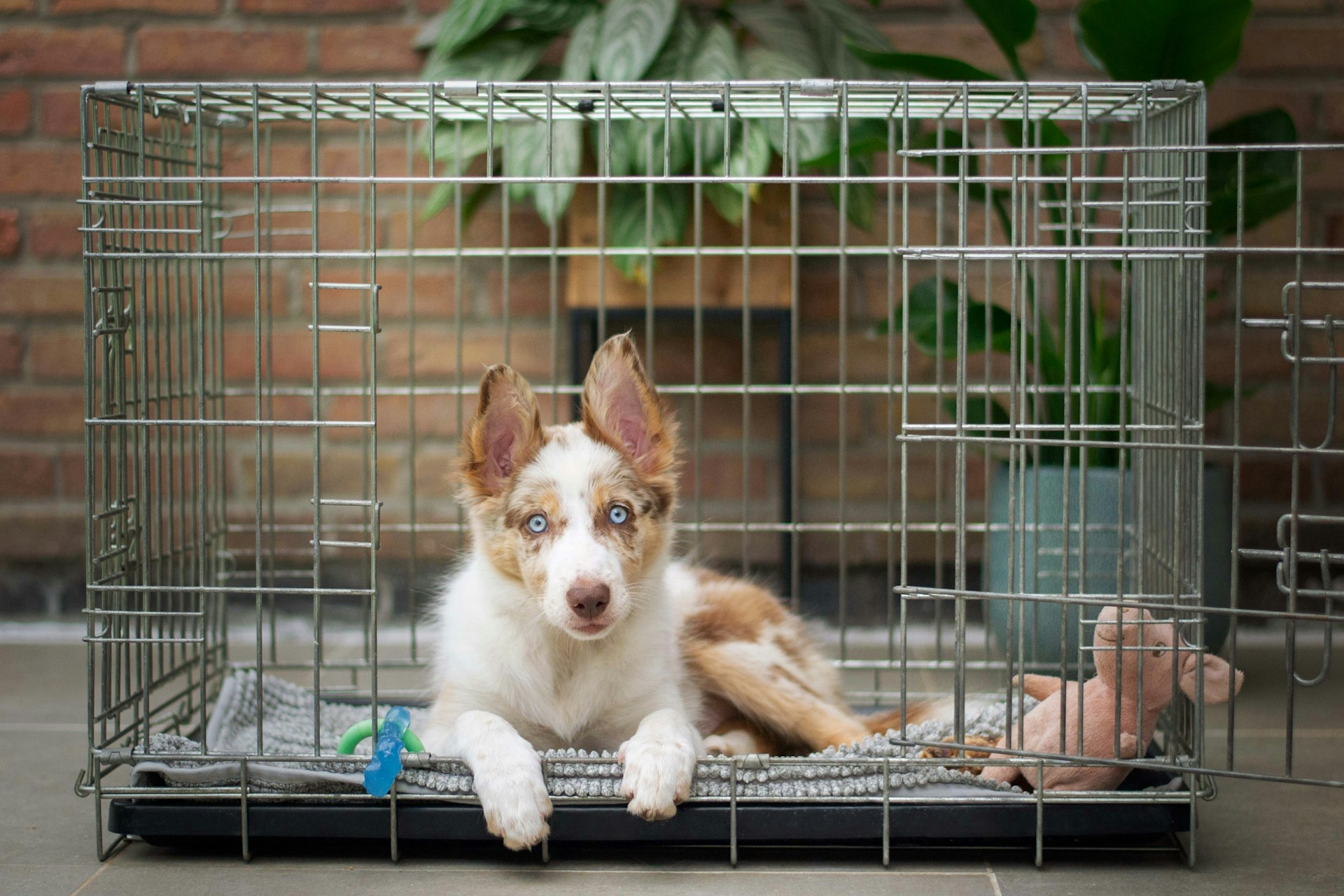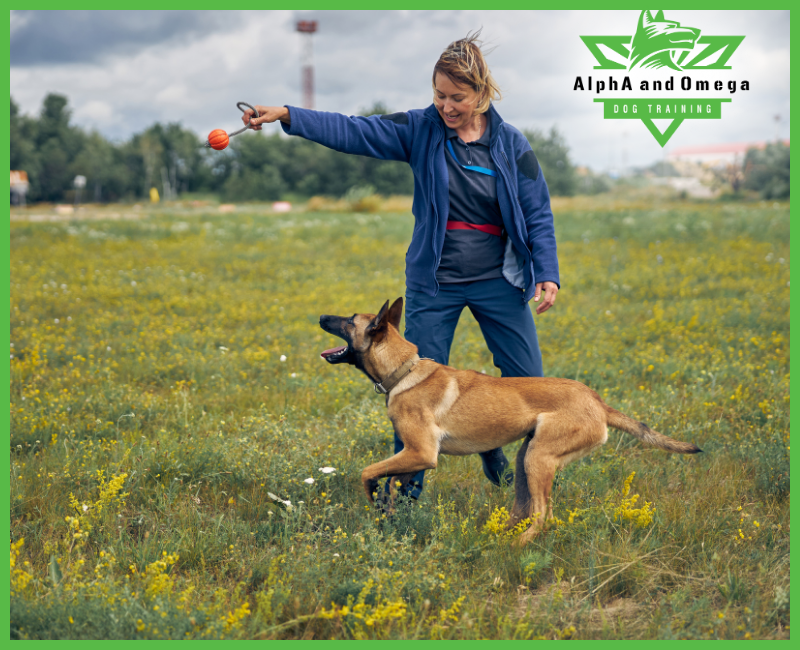Your family has been begging for a puppy. Your family doesn’t fully appreciate the commitment of having to train your dog. It’s been a consistent reoccurring theme for at least 6 months. Promising you that they’ll feed it, play with it and pick up after it. And finally, you caved. Now you have what was supposed to be an adorable addition to your family, running around causing chaos. Trash is all over the floor. Brand new shoes have been eaten. You can’t walk him because he pulls on the leash so much. And what’s worse? The puppy cries and cries when you put him in the kennel. It’s so loud, even the neighbors can hear it. Now your puppy isn’t as much fun as your family thought he would be.
Well, there’s good news. All of that can change. If you want this negative behavior to stop, you need to start training your dog. There are a number of benefits to training. Below are the top 3 tips to get your furry chaos machine acting like the dog you’ve always dreamed of.
Start Training Your Dog With Boundaries

When your puppy comes home, he’s seeing a new world for the first time. Think about when toddlers are just learning to walk. They explore the world through touch. Dogs explore the world through their noses and their mouths. So when your puppy decides to take a deep dive into the bathroom trash, it’s because that trash can is full of new and exciting smells and tastes. You don’t expect a toddler to know not to stick its hand in the toilet. So why expect a puppy to not stick its nose in the trash? Just like with toddlers, you have to teach your dog what’s right and wrong both in your presence and when you’re away.
One of the benefits of training your dog is teaching him boundaries. To start out, teach your puppy to begin working on skills such as self-restraint and impulse control. Training “spot” or “place” is the foundation in getting your dog to respect boundaries. Next week you might teach him to not jump up to greet people every time someone walks through the front door.
Think about the Ultimate Objective

If you train your dog to wait for permission to leave its spot or place there is no opportunity for it to jump, chew, or find mischief. I can’t tell you how many dogs end up at the veterinarians’ office due to the ingestion of foreign objects. Emergency surgeries are not cheap. And I guarantee you veterinarian will explain the urgency with the most empathetic tone of voice.
It’s important to remember that you’re being trained as much as your dog, if not more so. Your dog can only be as good as you are at following the boundaries you’ve set. If you are teaching your puppy to stay in “place” while your family is having dinner, you have to stick to that. If you don’t, your puppy is going to be confused about your rules and your leadership. Being consistent with your boundaries is going to improve your dog’s training and your relationship with your dog. Which brings us to #2…
Training Your Dog Helps You Bond
If you want a puppy who listens, follows your lead and loves you unconditionally then you need to start building a positive bond. Your puppy has been in your house for two weeks and he is driving you insane. It’s only natural to be annoyed that he won’t stop barking or be mad because he ate your favorite shoes. I cannot stress this enough – DO NOT take out your frustration on your dog. Yelling at your dog is only going to make him afraid of you and make you feel bad. DO NOT hit, throw, spray, or shake anything at your dog. None of these actions are going to build a strong bond. Instead, the relationship will be based on fear and intimidation. Nobody likes a bully. Not even a dog.
Every interaction with your dog is a chance to build trust, loyalty, and love. So how does this translate into training? According to Dr.FoxVet.net, “choosing a positive approach [during training], which will motivate and reward your canine for good behavior, will ultimately improve your relationship by providing mutual respect and trust instead of intimidation and fear.” Make your physical praise the reward for following basic functioning commands. Save the treats for tricks and nonessential commands.
One of the benefits of training your dog is that you set aside time to work on building that important bond. Yes, playtime does this too, but playtime is provided when you say so, not when your puppy demands it. Going back to setting boundaries for a moment, you need your dog to listen to you, because you are the leader. If your dog doesn’t respect you as a leader, then he isn’t going to listen to your commands.
Training Reduces Anxiety
Let’s go back to the puppy who barks all day and night whenever he’s put in his kennel. The puppy’s cry makes you want to open the kennel door and tell him it’s going to be ok. But what’s that going to teach him? It teaches him to cry out for you and only feel safe when he’s by your side. This is the beginning of separation anxiety. That is not the behavior you want. You have work or school. You have a social life and sometimes your puppy needs to stay at home. So how do you combat the anxiety your puppy feels when left alone?
Good news! We’ve already talked about it. By building a strong bond with your dog, you’re teaching him to be more independent. In an article by the American Kennel Club, Understanding, Preventing, and Treating Dog Anxiety, “Obedience training is an essential tool for preventing and managing dog anxiety.”

You want your dog to feel calm and confident in any situation. Training can and will accomplish this in most dogs. Through proper and effective training methods, your dog is going to look to you in chaotic or confusing situations. Your reactions will tell your dog how to react or if he should react at all. You want your dog looking to your leadership for direction. We do not want them to make a leadership decision the could be unsafe.
Next Steps
Now that you know why your puppy needs training, let’s talk about how. No one expects you to know how to train your dog when you first bring him home. Yes, there are dog training for dummies books, endless youtube videos, and no shortage of well-meaning neighbors and family members to tell you what you should be doing. However, none of these options are going to give you the practical skills you need on a day-to-day basis to implement an effective means of communication.
The best way to work through unwanted behavior is by hiring a professional dog trainer. Find a dog trainer who has experience with different breeds, temperaments, and behaviors in dogs. It’s imperative your dog trainer understand the difference between Command Training and Obedience Training(not all do). A reputable dog trainer will teach you, the human, how to communicate with your dog in a way your dog inherently understands. The right trainer will give you tips and tools to set boundaries with your dog, build a good relationship, and calm anxiety.
AlphA and Omega provides outstanding training programs to fit your dog’s unique training needs. Using a balanced approach, we teach you to be the respected leader of your pack while building an unbreakable bond that will last a lifetime.
Check out our Training Programs to find out more.
Photo Rights:
- Photo by Chen pin ju on Unsplash
- Photo by Hermes Rivera on Unsplash





